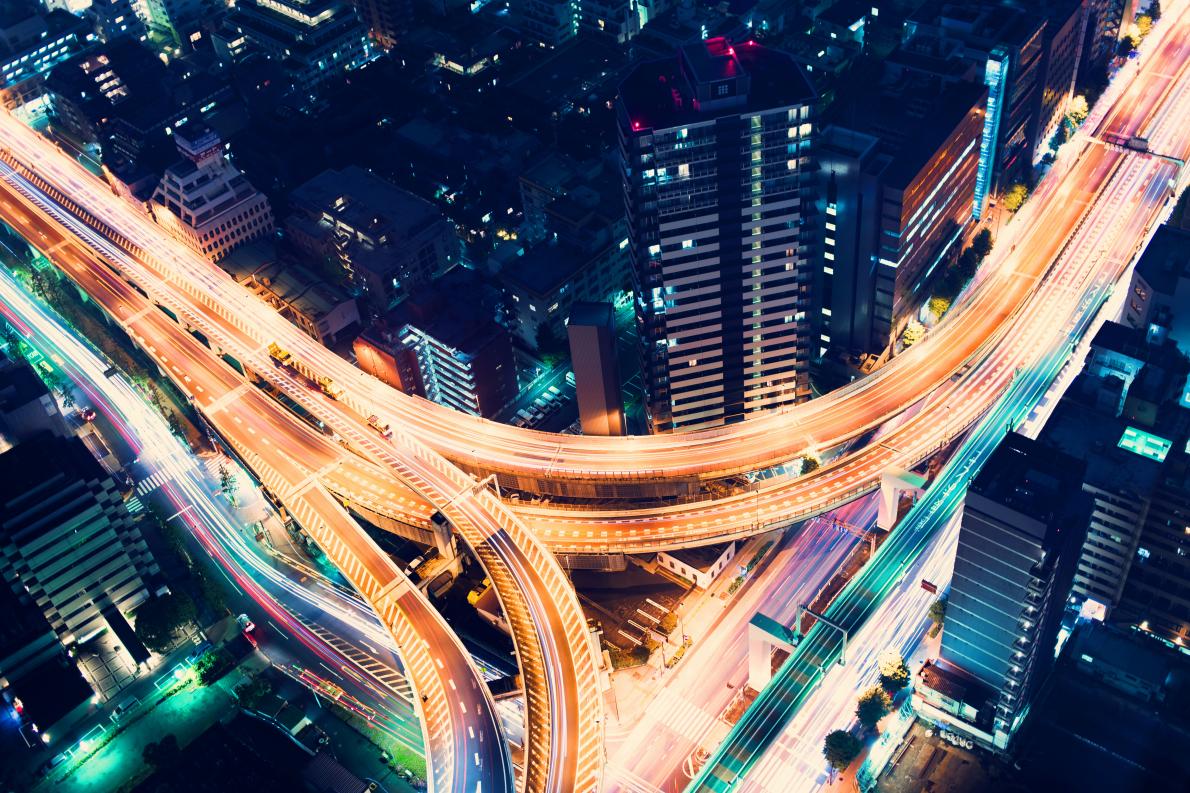Historians will probably describe the hundred years to 2050 as the century of the city, the period when people around the world moved away from the countryside in search of jobs and prosperity.
As we approach that mid-century point, the pace of urbanisation is only accelerating. Today, about half of the world’s population lives in cities, rising to an expected three quarters, or 6.3 billion people, by 2050. Most of that growth will come from cities in China, India, the USA and sub-Saharan Africa.
Beyond the numbers lies the crucial question of how governments, and individuals, can help build and shape the cities that will increasingly determine our collective quality of life.
 Well-designed cities can bring clear benefits, including economic development, prosperity and the connections that encourage creativity and learning.
Well-designed cities can bring clear benefits, including economic development, prosperity and the connections that encourage creativity and learning.
But cities that develop poorly can lead to overcrowding, congestion and declining quality of life. They can have negative environmental impacts such as high greenhouse gas emissions, and be a source of social and political unrest. Crucially, bad urban planning also puts pressure on essential resources like energy, water and food.
The Shell Scenarios team develops fresh insights that may help governments manage these challenges. And we have created the Future Cities website to offer new perspectives on ways cities can build more resilient infrastructure and sustainable energy and transport systems.
In particular, we want to inspire people who already live in urban areas, especially young people, to see their cities through a new lens, to think hard about the kind of cities they want to live in.
To help start the debate, the Scenarios team has devised a simple quiz to encourage people to imagine their ideal cities, based on questions about their personalities and lifestyles. Do they want to live in the centre or the suburbs? Do they prefer a house or an apartment? Do they travel to work by car, bicycle or bus?
Shell then matches the answers against information on 500 cities around the world, from Rio de Janiero in Brazil to Amsterdam in the Netherlands and Chongqing in China. Each person can then find the city that best suits the way they want to live.
Clearly, the discussion about the shape of our future cities needs to include individuals, companies and governments.
Shell, for example, has partnered with local authorities in several cities to help them explore new approaches to urban development. During one project in Marikina City in the Philippines, the Scenarios team examined the many challenges facing the city including frequent flooding that threatens lives, infrastructure and electricity networks.
Working with the local government, the Scenarios team recommended measures to help make Marikina more resilient. These included installing solar panels on rooftops, a new gas-fired power plant and the development of parks and other green areas to help absorb heavy rains during the monsoon season
Shell also researched ways to improve life, and the economic potential, of Surat, in the West Indian state of Gujarat. The recommendations included more dedicated walking routes between public transport hubs to reduce the use of private vehicles, as well as steps to lower pollution through greater use of natural gas for transport instead of petrol and diesel.
We all need to talk more about urban development and the challenges our cities face. Let’s work together, so that the world’s future historians will be able to report that the century of the city improved people’s quality of life, rather than diminished it.
[“source-nationalgeographic”]




